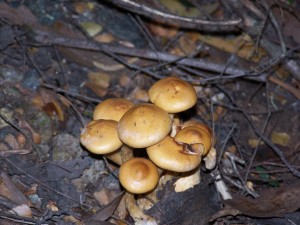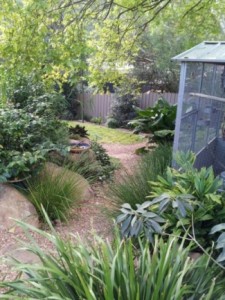By Mark Thomas
There is a general belief amongst many home gardeners that yaccas or grasstrees (not to be confused with South American Yuccas) are too slow growing to be a worthwhile garden plant. The species that grow trunks will do so slowly at the rate of about 2-3cm per year; however the skirt of fine foliage will grow much quicker, creating an amazing feature. They belong to the genus Xanthorrhoea in the lily family, with 28 species and 5 subspecies.
The advanced specimens with trunks for sale in nurseries have been taken from bushland interstate, where it is permitted and they may be hundreds of years old. This practice is unsustainable and leaves the customer with a plant that may be slowly dying, although outward signs of poor health may take more than 12 months to show.
Growing yaccas can be easy and rewarding if you follow a few general principles.
- Sunny position for most species, although Xanthorrhoea semiplana does well in strong dappled light and under open canopied trees.
- Drainage should be good and raising plants on a mound will help if you have heavy soils. Add gypsum and dig in compost to your soil when preparing your hole. A good species for clay soils is one of the local species X. quadrangulata (Mount Lofty grass tree).
- pH can be important, particularly if you are growing a species from interstate. If your soil is alkaline and heavy X. quadrangulata (Mount Lofty grass tree) may be your best option.
- Protect small plants from rabbits, kangaroos or trampling with a tree-guard. Tube-stock plants will take about 3-5 years to be a robust plant.
- An open position away from eaves, solid structures and other plants.
- Use a low phosphorous (P) native fertiliser in late winter and early autumn.
Advanced 5 year old plants with a 50-60 cm skirt of foliage can be purchased from several of Adelaide’s specialist native nurseries. The plants are grown in the nursery from seed to a size that suits your needs. 5 year old plants sometimes send up a flower spike while still in the nursery. I had mine at home flower within 18 months of being planted, giving a bonanza of nectar for the native birds.















